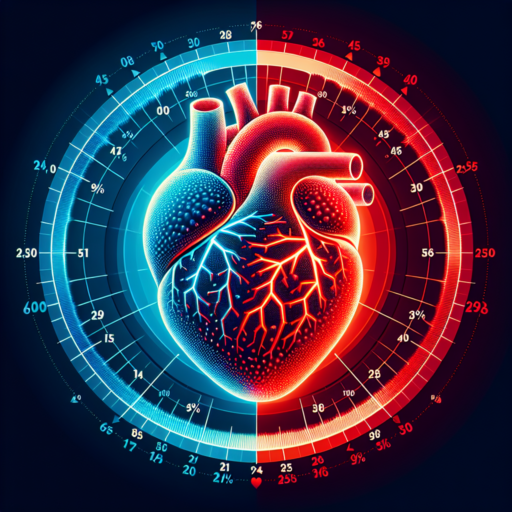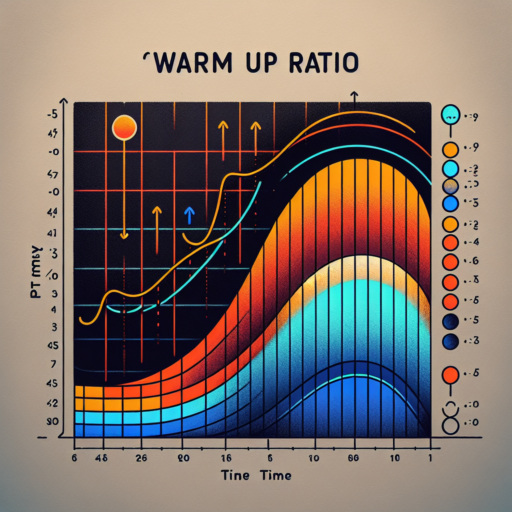What should my heart rate be for zone 2?
Understanding your Zone 2 heart rate is crucial for optimizing endurance training and ensuring your workouts are effective without overexerting yourself. Zone 2 heart rate corresponds to 60-70% of your maximum heart rate (MHR), a key intensity level where you can comfortably increase your endurance without undue stress on your body. Calculating your Zone 2 heart rate involves first determining your MHR, which can roughly be found using the formula 220 minus your age.
To precisely gauge your Zone 2 heart rate, subtract your age from 220 to find your MHR, and then multiply this number by both 0.6 and 0.7 to get the lower and upper bounds of your Zone 2 heart rate range. For example, a 30-year-old would have an estimated MHR of 190 beats per minute (bpm). Thus, their Zone 2 would fall between 114 (190 * 0.6) and 133 (190 * 0.7) bpm. This range indicates an intensity at which you should still be able to carry on a conversation comfortably.
Training within this heart rate zone is especially beneficial for endurance athletes or those looking to improve their cardiovascular fitness efficiently. At this intensity, your body relies more heavily on fat as a fuel source, enhancing your metabolic efficiency and endurance capabilities. Additionally, training in Zone 2 has been shown to improve aerobic capacity and encourage cardiovascular health without significantly increasing the risk of injury or overtraining.
What percentage of training should be zone 2?
Understanding the ideal percentage of training that should be allocated to zone 2 is crucial for athletes looking to optimize their performance. Zone 2 training refers to exercises performed at a moderate intensity level, which is considered essential for building endurance. While the exact percentage can vary depending on individual goals and fitness levels, a general guideline suggests that a significant portion of training should fall within this category.
Experts in endurance training often recommend that approximately 70-80% of total training time should be devoted to zone 2 exercises. This recommendation is based on the principle that sustained, moderate intensity efforts help in enhancing the body’s efficiency at utilizing fat as fuel and improving mitochondrial density. Moreover, by focusing a large part of the training in zone 2, athletes can also minimize the risk of overtraining and injuries, ensuring a more sustainable approach to their overall training program.
It’s important to note, however, that the allocation of zone 2 training should be adjusted according to the specific phases of an athlete’s training cycle. During the base-building phase, for instance, the percentage of zone 2 training might be at its highest, as the goal is to establish a solid aerobic foundation. Conversely, as the athlete transitions into more specific preparation phases or tapering periods, the focus might shift slightly towards higher-intensity workouts, altering the ratio of zone 2 training accordingly.
What zone is 80% heart rate?
Understanding the significance of the 80% heart rate zone is crucial for athletes and fitness enthusiasts aiming to optimize their workouts. Recognized often as the cardiovascular or anaerobic threshold zone, this range is pivotal for improving both aerobic and anaerobic fitness levels. When you exercise at 80% of your maximum heart rate, you are essentially pushing your body into a zone that enhances endurance and stamina, making it a popular target for those involved in sustained physical activities.
Reaching your 80% heart rate zone means you are exercising at a level that significantly improves cardiovascular efficiency. This zone is particularly beneficial for those looking to increase their VO2 max, leading to better oxygen utilization during workouts. It’s an intensity at which the body starts to produce more lactate, making it a balanced edge for improving lactate threshold and enabling athletes to sustain higher intensity levels for longer periods.
Training in this heart rate zone is not just about endurance; it also accelerates fat burning, making it an ideal strategy for weight loss and body composition goals. The body, while in this zone, utilizes fat alongside carbohydrates for energy, amplifying fat loss without depleting muscle glycogen stores rapidly. This efficacious approach to training allows for extended periods of exercise, contributing significantly to overall physical fitness and health.
No se han encontrado productos.
Is zone 2 60-70 or 70-80 reddit?
When discussing the optimal heart rate zone for maximizing fat burning and improving aerobic fitness, a common question often surfaces on platforms like Reddit: Is zone 2 considered to be 60-70% or 70-80% of your maximum heart rate? This question is rooted in the multiple interpretations of heart rate zones used by various fitness experts and the confusion surrounding the exact percentages that define each zone.
Zone 2 training, often referred to as the ‘fat-burning zone,’ is crucial for building endurance and enhancing cardiovascular efficiency without overtraining. According to the traditional method of calculating heart rate zones, Zone 2 is typically defined as 60-70% of your maximum heart rate. This range is considered ideal for improving your body’s ability to use fat as fuel, thereby boosting endurance and preparing your body for more intense workouts.
However, discussions on Reddit and other fitness forums suggest a shift in perspective with some arguing that the 70-80% range might be more appropriate for certain individuals, especially those with a higher level of fitness or specific endurance goals. This perspective is often backed by personal anecdotes and emerging fitness research that suggest the boundaries of Zone 2 can be more fluid than previously believed.



